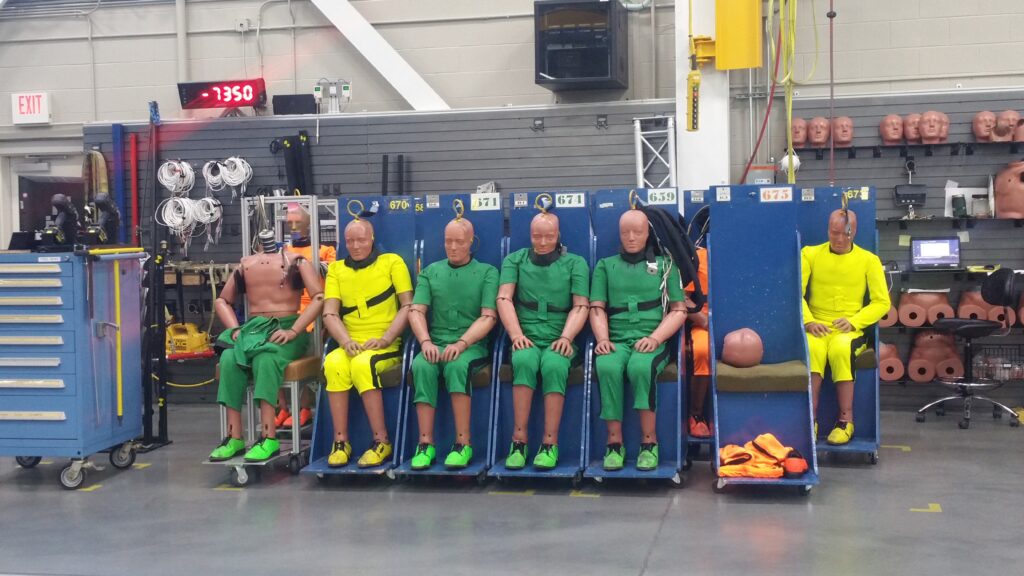 One person was killed and many others injured when a Pegasus Airlines Boeing 737 skidded off a runway, breaking into parts and igniting. It was the airline’s third runway excursion over the past 3 years. In an ominous development, the chief prosecutor’s office announced it had started an investigation according to USA Today.
One person was killed and many others injured when a Pegasus Airlines Boeing 737 skidded off a runway, breaking into parts and igniting. It was the airline’s third runway excursion over the past 3 years. In an ominous development, the chief prosecutor’s office announced it had started an investigation according to USA Today.
#pegasus #İstanbul #Turkey PEGASUS BOEING 737 plane crash …hope everyone are safe …. pic.twitter.com/hPcN0cokVC
— Narendran (@naren156258) February 5, 2020
There were at least 177 people on board the low-cost carrier which had flown from Izmir to Istanbul’s Sabiha Gokcen airport. After landing the jetliner appears to have exited the runway and plowed down a slope stopping short of a nearby highway. It broke into three pieces with the front end landing upside down and perpendicular to the rest of the fuselage. Of those aboard, 120 or two-thirds, were taken to hospitals with injuries.
Still, the number of survivors is notable and an illustration of how much has improved in crash survivability over the past decades. Practically everything that goes into an airliner cabin is analyzed for how it will interact with the humans inside in circumstances like this. Seats, and how they attach to the floor, overhead bins, side panels and doors must meet strict standards and often must undergo dynamic testing. Evacuation slides, doors and emergency exit windows, floor lighting and the materials that will slow the spread of smoke and fire are also treated as critical life protecting equipment.
In 2013, Asiana 214 a Boeing 777 hit the sea wall on approach to San Francisco International Airport. The initial impact tore the tail section off the jet and sent the rest of the airplane back up in the air and spinning laterally before slamming back down on the tarmac. It seemed like a miracle that only two died from injuries sustained in the accident. (A third person was run over by a fire truck responding to the scene.) But when I talked to Robert Salzar, principal scientist at the Center for Applied Biomechanics at the University of Virginia at the time he said the miracle was one of engineering.
“This plane did exactly what designers want it to do. In the case of a survivable hard landing, the fuselage and the seating systems worked together to absorb the impact energy,” Salazar told me.

The biggest advances in cabin safety came about four decades ago when seat manufacturers were required to increase the amount of impact a seat could withstand from 9 times the force of gravity to 16. Around the same time, several accidents in which passengers survived the impact but died from the resulting fire prompted rules about what kind of materials can be used in the cabin. These changes are responsible for a significant decline in the number of fatalities in air accidents, as I reported recently for Inside Edition.

This is why the investigation of an air accident is much broader than determining what factors led to its occurrence. The Turkish Accident Research and Investigation Board will certainly be looking into that. A thorough investigation will also try and determine who survived and why and who was injured and how because that’s the kind of data that helps make the next air accident survivable.

Author of The New York Times bestseller, The Crash Detectives, I am also a journalist, public speaker and broadcaster specializing in aviation and travel.








